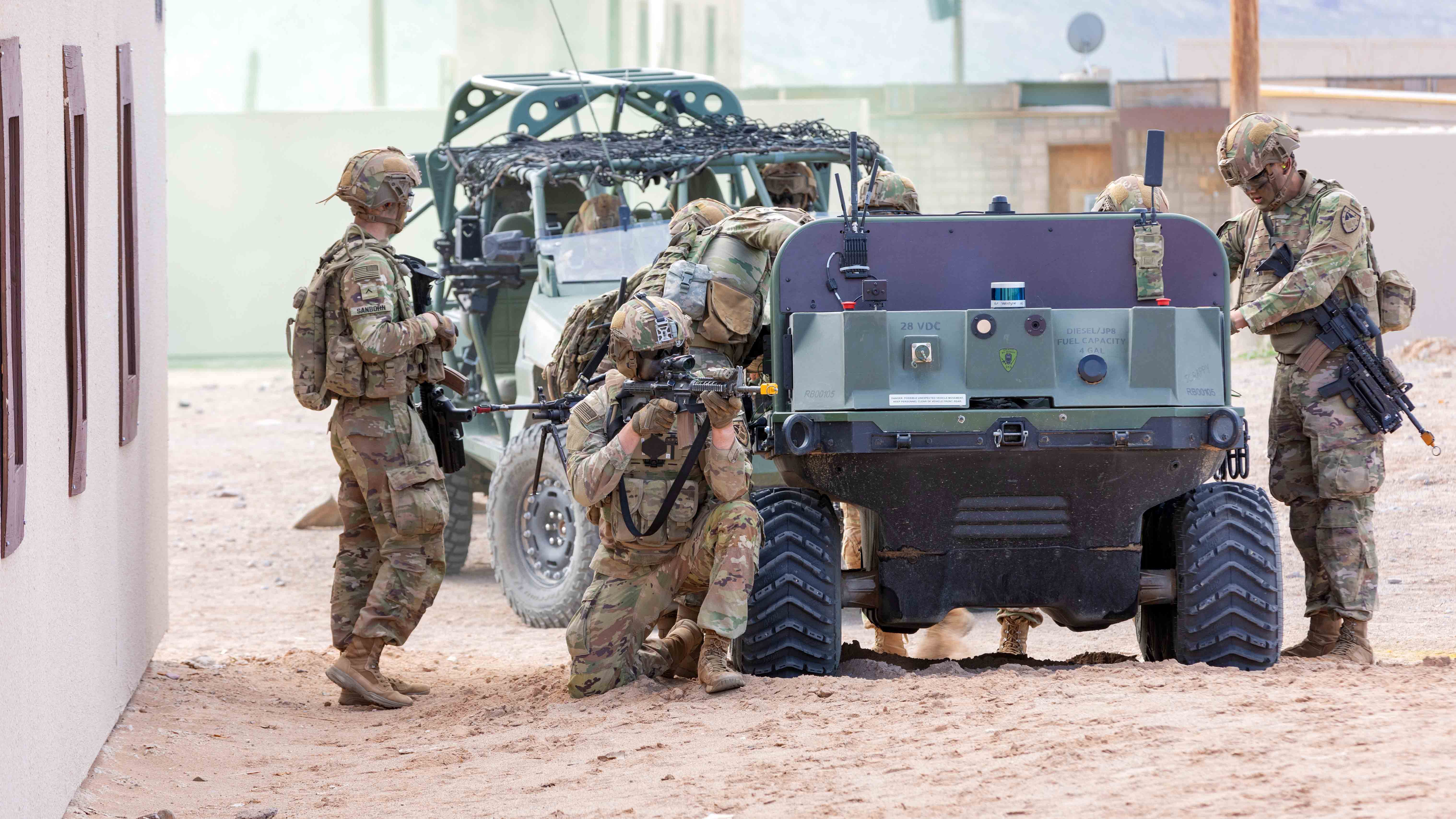Mingus: Army Redefining Future Fight
Mingus: Army Redefining Future Fight

Facing adversaries that are looking to sense, shoot and disrupt farther, the Army is developing and expanding its capabilities to counter them, Army Vice Chief of Staff Gen. James Mingus said.
“Our adversaries … have come to the conclusion that they don’t want to get into a close fight with the United States of America,” Mingus said April 24 during a panel discussion hosted by the Center for Strategic and International Studies. “They’ve developed a series of preclusionary tactics … so they don’t ever have to experience that close fight component. We’ve got to be able to match the adversary when it comes to long-range precision fires, contested logistics and command and control.”
The Army also is expanding its definition of maneuver as it prepares for the future fight, Mingus said, citing DoD’s Joint Warfighting Concept 3.0. “The classic definition of maneuver … has expanded, and we’ve got to embrace that,” he said. In the future, maneuver will move beyond its “classic” “geographical” definition into one that incorporates capabilities in cyberspace, space and air.
In that future fight, unmanned aircraft systems present an “acute threat” that the Army is “putting a lot of time, energy and resources into,” Mingus said during the panel, where he spoke alongside his counterparts from the other services on efforts to prepare the force for competition and future warfare.
Counter-UAS “has to be viewed through the lens of the broader integrated air missile defense architecture,” he said. “We’ve got to change that approach [to counter-UAS] and look at it more like we would in a typical defensive posture where you establish engagement areas, then you have layered defense, you have things you can disrupt and break.”
In addition to counter-UAS capabilities, connecting data and utilizing artificial intelligence through the Joint All-Domain Command and Control strategy will be “one of the most critical components of how we fight as a combined joint force,” Mingus said.
“We need to move toward data mesh, then data convergence, then data replication and then data reconciliation,” he said. “Artificial intelligence tools … will help us stay above that fray and move much, much faster than our adversaries.”
As Army capabilities grow, the battlefield itself “is going to expand,” so “how we see, where we see, how far we see and how far we can kill is moving at ranges that we have not been able to do previously,” Mingus said.
Though the future fight presents uncertainties for Western nations and the global security environment, a competent, lethal land force is still the nation’s best defense, he said.
“From a land force perspective, if you still have … squads and platoons and battalions and brigades and divisions that can close with and destroy anybody in the world, in the most extreme lethal ways that we can determine, that is still your greatest deterrent force [against] adversaries,” Mingus said.

